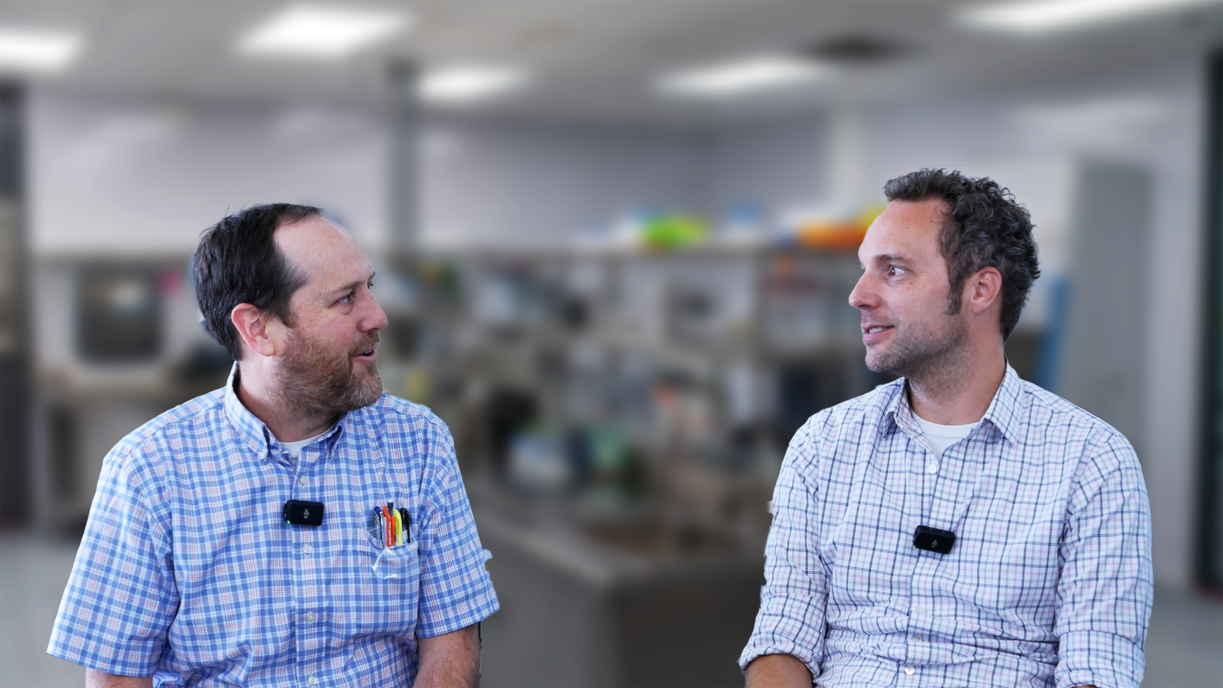
Bio Break: How Nature-Inspired Biosensors Are Revolutionizing Medical Devices
In this episode of Bio Break, Nick and Joris dive into the fascinating realm of biosensors, showcasing how nature’s biological processes inspire groundbreaking innovations in medical device technology. From jellyfish to fireflies, the natural world has provided invaluable tools that are transforming diagnostics and research.
The discussion kicks off with green fluorescent protein (GFP), a revolutionary biosensor derived from jellyfish. Discovered in the 1960s and popularized in the 1990s, GFP earned its place in history with a Nobel Prize. This remarkable protein fluoresces when exposed to specific wavelengths of light, enabling scientists to monitor cellular activities. GFP has become an indispensable tool for tracking cellular processes, from observing metabolic activities to measuring changes in pH levels. Joris shares an example from his PhD research, where he utilized a modified GFP to measure the redox state of cells, highlighting the protein’s adaptability and utility.
The conversation shifts to luminescence, drawing inspiration from fireflies and their ability to emit light through biochemical reactions. This phenomenon, known as bioluminescence, has been harnessed in medical research to create biosensors that can emit light when specific chemical reactions occur. Joris discusses how luminescent molecules, such as luciferase, have played pivotal roles in cancer research and diagnostics. A newer innovation, NanoLuc, inspired by deep-sea shrimp, has taken luminescence to the next level with its smaller, brighter design, enabling more efficient and precise applications.
This episode highlights how the interplay of biology and engineering continues to unlock new possibilities in diagnostics and medical devices. By mimicking nature’s ingenuity, biosensors are paving the way for non-invasive, accurate, and efficient tools for understanding and monitoring health.
How Nature-Inspired Biosensors Are Revolutionizing Medical Devices
Related Resources
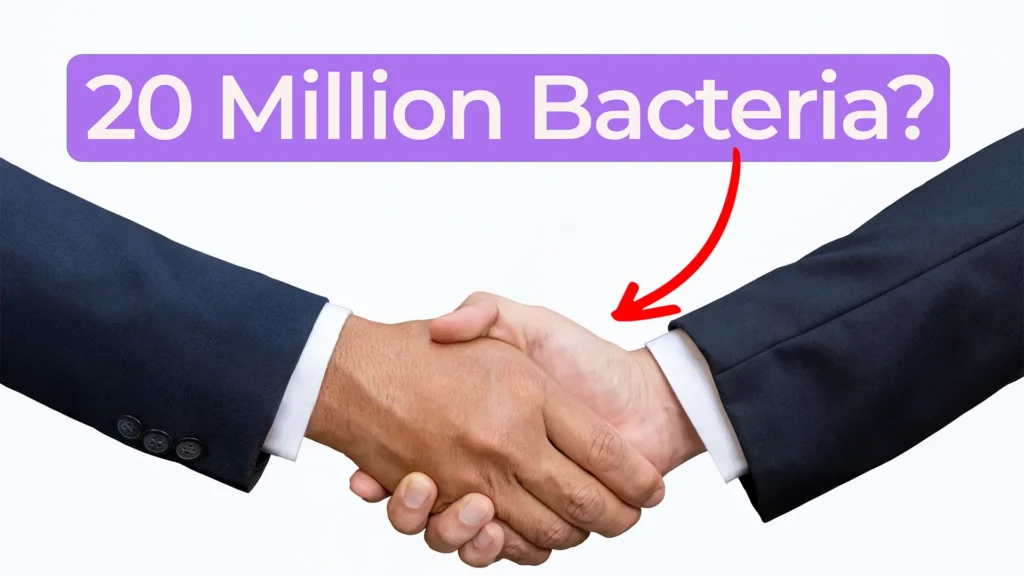
In this Bio Break episode, Nick and Nigel explore a surprising and memorable microbiology fact that puts everyday hand hygiene into perspective.
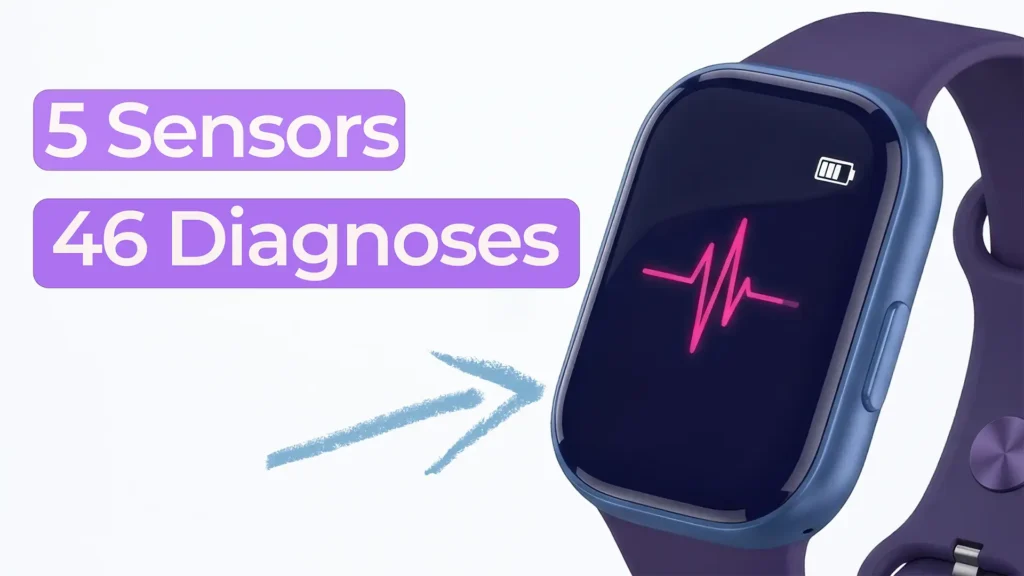
Nick and Nigel explore how a surprisingly small set of sensors could be used to identify a wide range of common health conditions.
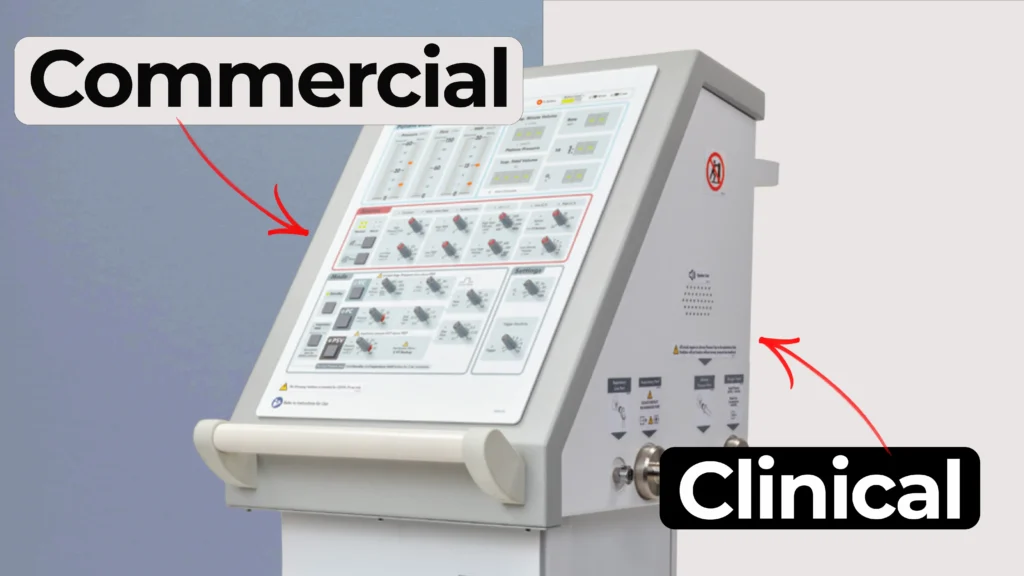
Understanding how clinical ventilator development differs from commercial ventilator design is essential for teams planning early studies.
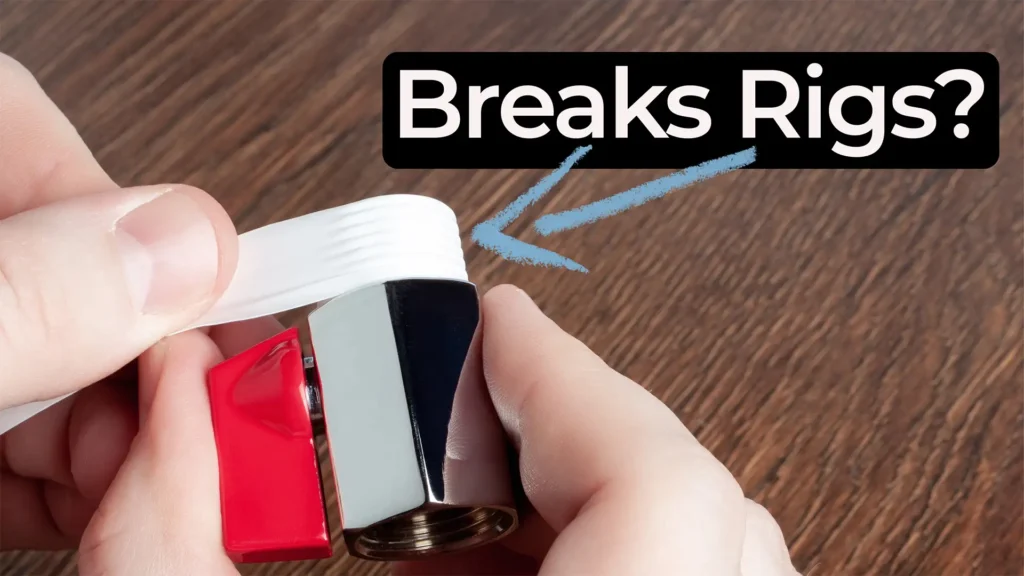
Nick walks through a practical Teflon tape lesson that came from real work supporting a mechanical test rig.
